Books and resources about Ukraine: history, culture, courses, food, and more
We don’t choose the time we live in, but we can choose what to do with this time. The people of Ukraine stood up to defend themselves, their land, families and the free world.
Wandering in my local bookstores during autumn, I became aware of a growing trend happening at last: there is interest in Ukraine from the perspective of culture, history, and understanding the nature of Ukraine. As a Ukrainian who is currently living in the US, I must say this trend is flattering to me. However, at the same time, it is also extremely sad because of the horrible tragedy my homeland is going through - the Russian war against Ukraine. And as a result, Ukraine has evoked considerable interest. February 24th changed Ukraine and the world. But the war is not everything that portrays this beautiful country: Ukraine has an old history, a strong national identity, and a unique geographical location, which profoundly influences its destiny.
Understanding the broader history and preceding events definitely helps to understand this war and the long-term tensions in the region. In the world of accelerated information, reading a book or watching a history course is less popular than, for example, tweet threads, though I believe only a deep understanding can help us to be more aware of cause and effect, to be deliberate and connected.
Here I’ve gathered a list of history books, novels, and other thought-provoking information such as educational courses that can be useful to enlighten yourself about Ukraine. I haven’t read all of them. Therefore, on some I have an opinion and on some of them I don’t, but I know it’s important to know the history and also to have a selection. I studied the history of Ukraine at school, and the Ukrainian language is my native language. I’m always happy to hear from you if you have any feedback.
Historical books
Some of the books I saw at the local bookstores, some of the books I just encountered on the internet and liked the description, and some I took from this list which was posted by a Ukrainian historian.
- The Gates of Europe: A History of Ukraine, by Serhii Plokhy (link)
 Serhii Plokhy is a professor of Ukrainian history at Harvard University, where he also serves as the director of the Harvard Ukrainian Research Institute. In this book Plokhy examines Ukraine’s search for its identity through the lives of major Ukrainian historical figures, from its heroes to its conquerors.
Serhii Plokhy is a professor of Ukrainian history at Harvard University, where he also serves as the director of the Harvard Ukrainian Research Institute. In this book Plokhy examines Ukraine’s search for its identity through the lives of major Ukrainian historical figures, from its heroes to its conquerors.
- The Frontline: Essays on Ukraine’s Past and Present, by Serhii Plokhy (link)
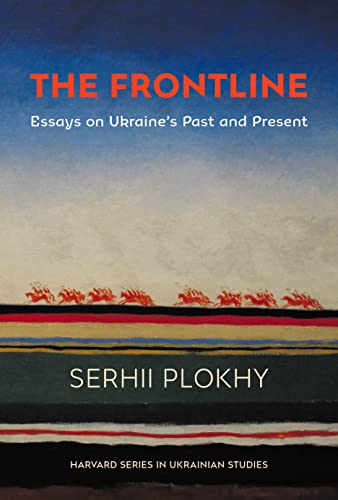
Another book by Serhii Plokhy, collection of 21 essays to reveal the roots of the ongoing political, cultural, and military conflict in Ukraine, the largest country in Europe. It’s published in February 2022 by Harvard University Press for the Harvard Ukrainian Research Institute (HURI).
- The Reconstruction of Nations: Poland, Ukraine, Lithuania, Belarus 1569-1999, by Timothy Snyder (link)

Timothy Snyder is a professor of History at Yale University and a permanent fellow at the Institute for Human Sciences in Vienna. He is probably one of the most famous professors who, being not of Ukrainian origin, study Ukraine as a central historical subject. He probably created the very first course in the US on the history of modern Ukraine (I mention it later in this article).
“In this book Timothy Snyder traces the emergence of Polish, Ukrainian, Lithuanian, and Belarusian nationhood over four centuries and discusses various atrocities.”
- Making Ukraine: Studies on Political Culture, Historical Narrative, and Identity, by Zenon E. Kohut (link)

“In this collection of essays, Zenon Kohut shows that the process was much more complex, involving Western influences and native traditions that shaped a distinct Ukrainian political culture and historiography.”
- Ukraine: Birth of a Modern Nation, by Serhy Yekelchyk (link)

Serhy Yekelchyk is a Ukrainian Canadian historian. In his book published in 2007 he described the historical events of 2004 and 2005 years - the Orange Revolution and its aftermath. “Europe’s second-largest country but still an immature state only recently independent, Ukraine has become a test case of post-communist democracy, as millions of people in other countries celebrated the protesters’ eventual victory.”
- History of Ukraine-Rus’: vols. 1–10 (in 12 books), by Mykhailo Hrushevsky Edmonton, Toronto: Canadian Institute of Ukrainian Studies Press, 1997–2021. (The Hrushevsky Translation Project, vols. 1-10) / volume 1 / volume 2 / volume 3 / volume 4 / volume 5 / volume 6 / volume 7 / volume 8 / volume 9 book 1 / volume 9 book 2 part 2 / volume 10)
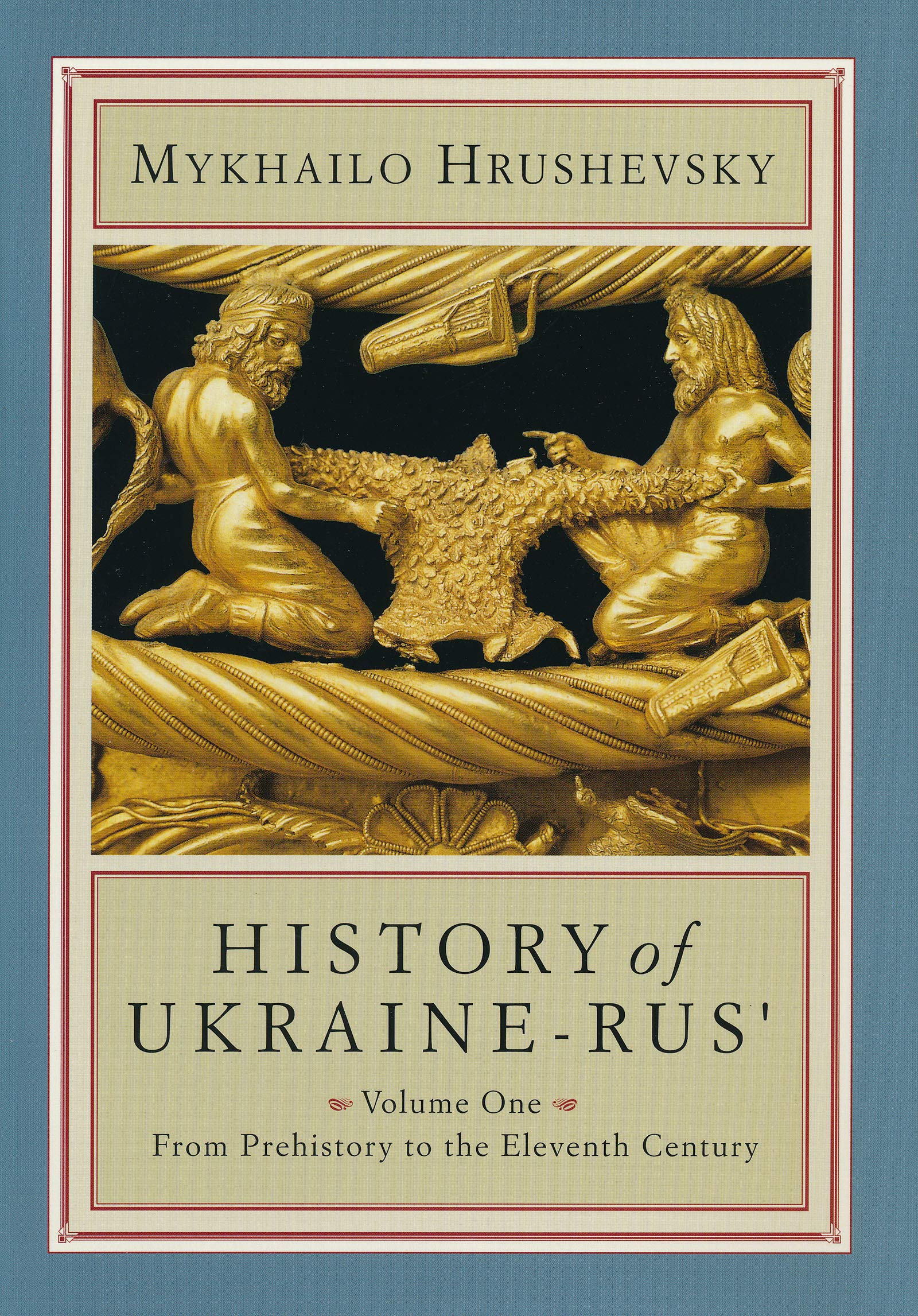
Mykhailo Hrushevsky was a Ukrainian academician, politician, historian and statesman who was one of the most important figures of the Ukrainian national revival of the early 20th century. He is often considered the country’s greatest modern historian, the leader of the pre-revolution Ukrainian national movement, the head of the Central Rada (Ukraine’s 1917–1918 revolutionary parliament). In total, Hrushevsky wrote over 2000 works. His portrait is depicted on the 50 hryvnia (national currency of Ukraine) note.
- Red Famine: Stalin’s War on Ukraine, by Anne Applebaum (link)

“A revelatory history of one of Stalin's greatest crimes, the consequences of which still resonate today, as Russia has placed Ukrainian independence in its sights once more—from the author of the Pulitzer Prize-winning Gulag and the National Book Award finalist Iron Curtain.”
- Execution by Hunger: The Hidden Holocaust, by Miron Dolot (link)
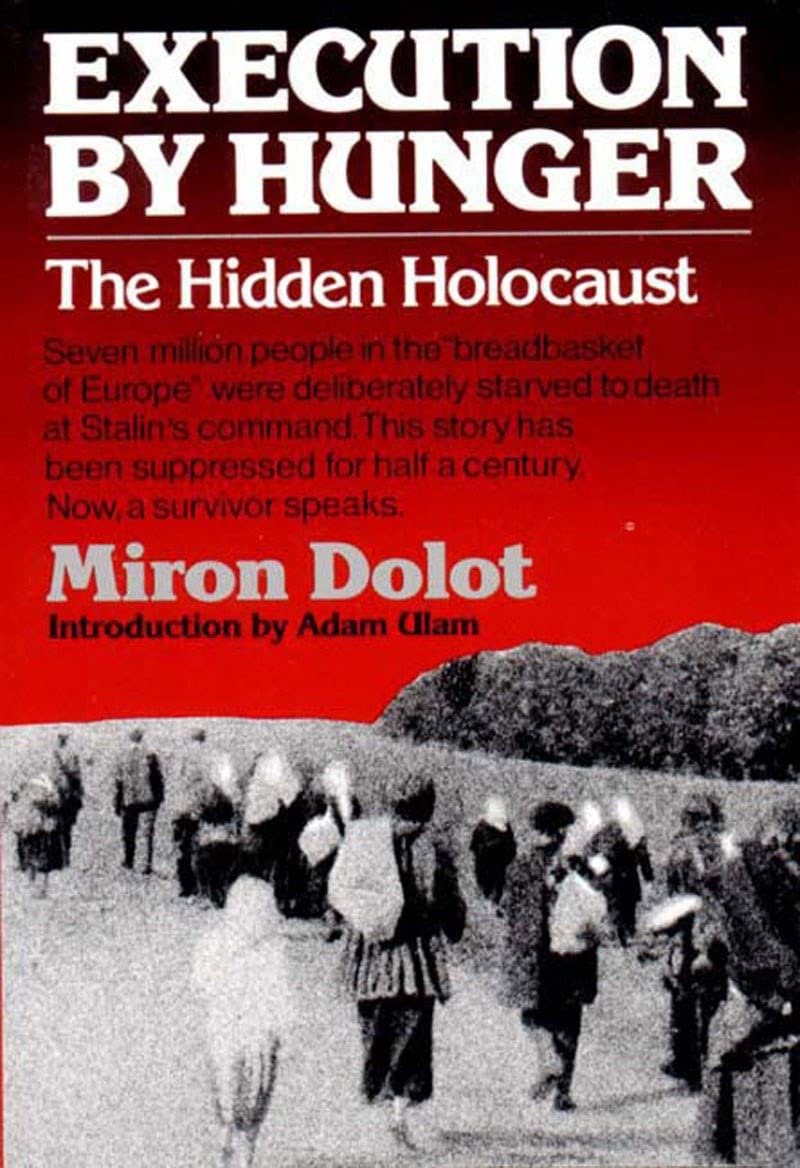
“This poignant eyewitness account of the Ukrainian famine by one of the survivors relates the young Miron Dolot’s day-to-day confrontation with despair and death―his helplessness as friends and family were arrested and abused―and his gradual realization, as he matured, of the absolute control the Soviets had over his life and the lives of his people. But it is also the story of personal dignity in the face of horror and humiliation. “
Novels, biographies, memories, poems
- Love in Defiance of Pain: Ukrainian Stories (link), stories by Ukrainian authors. Authors include: Sophia Andrukhovych, Yuri Andrukhovych, Stanislav Aseyev, Kateryna Babkina, Artem Chapeye, Liubko Deresh, Kateryna Kalytko, Oksana Lutsyshyna, Vasyl Makhno, Tanja Maljartschuk, Taras Prokhasko, Oleg Sentsov, Natalka Sniadanko, Olena Stiazhkina, Sashko Ushkalov, Oksana Zabuzhko, and Serhiy Zhadan.

I saw this book in one of the bookstores in the Claremont area, Berkley, and it was right next to the counter in a pretty visible place. Contemporary Ukrainian literature and of contemporary Ukraine. Stories about love, introducing some insights into the history and contemporary life of Ukraine.
- Writing from Ukraine: Fiction, Poetry and Essays Since 1965, edited by Mark Andryczyk (link)

“From essays about Chernobyl to poetry about Robbie Williams, from fiction discussing Jimmy Hendrix live in Lviv to underground Ukrainian poetry of the Soviet era, this book offers a unique window into a rich culture, a chance to experience a particularly Ukrainian sensibility and to celebrate Ukraine’s nationhood, as told by its writers.”
- The Memory Keeper of Kyiv, by Erin Litteken (link)

I encountered this book available in the Berkeley public library app, and I was surprised that this is a foreign-written novel about Holodomor.
It is the debut novel of Erin Litteken. Her great-grandmother and her grandfather are from Ukraine, and they came to America after World War Two, they fled Ukraine during World War Two. And she always wanted to write about her family story, and later, having her history degree and the love to research, she tried to place those family stories into the broader narrative of what actually happened in Ukraine then. [source]
Holodomor is а genocide of the Ukrainian nation committed in 1932–1933, man-made famine created by the Soviet Union that killed millions of Ukrainians. Two more famines in Ukraine were also organized by the Soviet communist regime, in 1921-1923 and 1946-1947. As you can see, Russia has some consistent patterns here.
- You Don’t Know What War Is: The Diary of a Young Girl from Ukraine, by Yeva Skalietska (link)
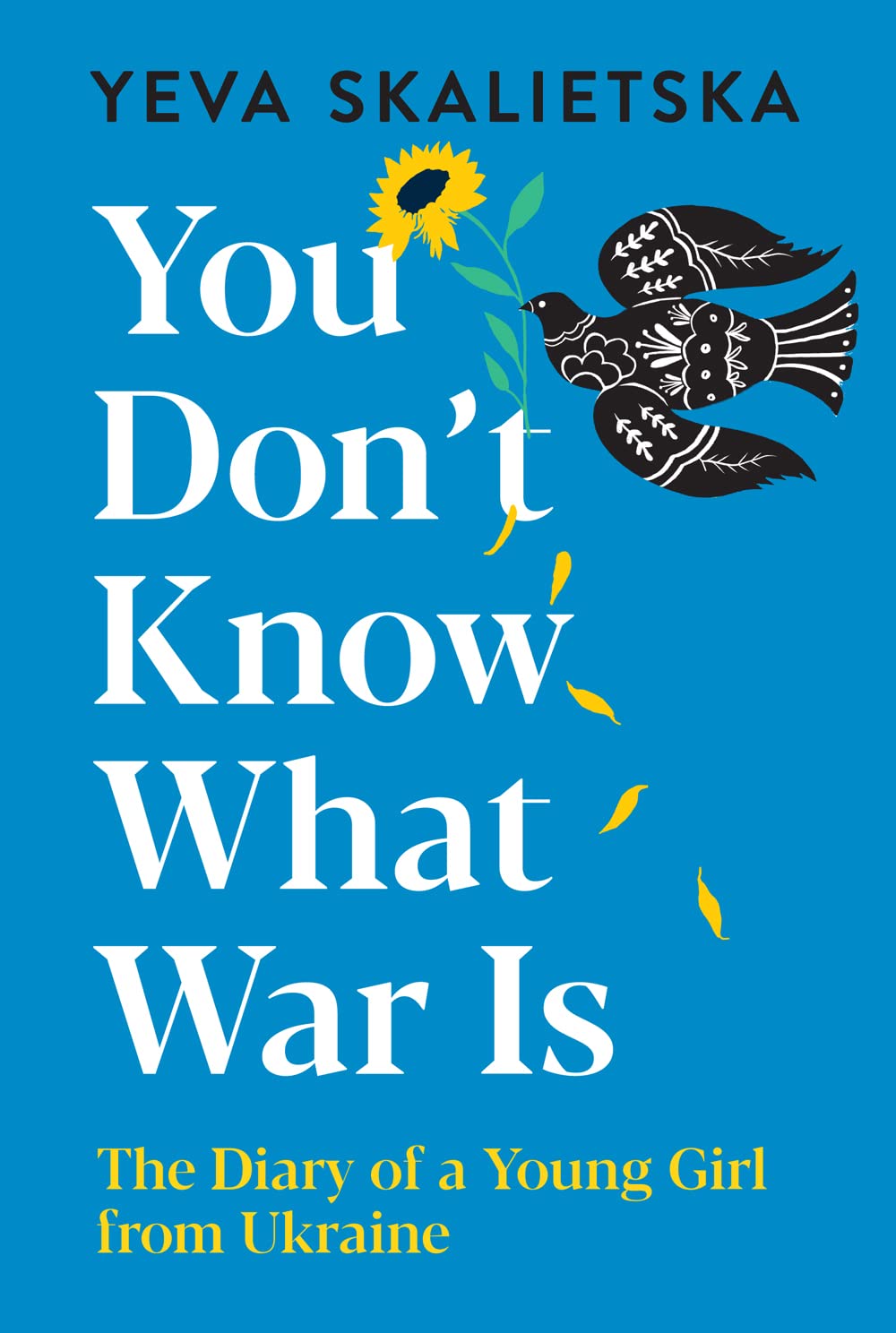
Yeva Skalietska’s story begins on her twelfth birthday in Kharkiv, which was attacked by Russia just ten days after her birthday.
“My goal was to put my experiences into writing so that ten or twenty years from now, I could read this and remember how my childhood was destroyed by war.”
- Granta 160: Conflict (link)

Another find in a local bookstore: I noticed it primarily because of the striking and, at the same time, very familiar picture to me - a washing machine that is on fire. So far, a washing machine is a symbol of the entire Russian army - this is what their soldiers looted in Ukraine. Second army in the world, indeed. Granta is a magazine that features writings of Nobel laureates, debut novelists, international translations, investigative journalism, and so on. This issue featured writings of people on the war in Ukraine, but the theme of conflict is internal as well as external.
- Words for War: New Poems from Ukraine, by Oksana Maksymchuk & Max Rosochinsky (link)
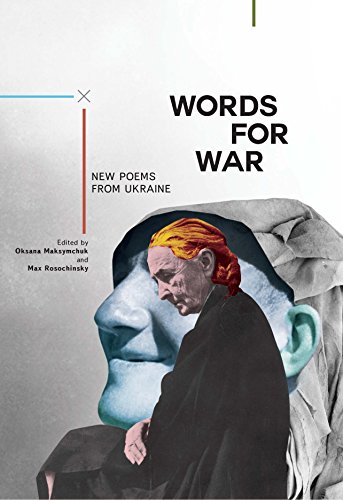
The book contains poems and stories of people affected by war, it was published in 2017. The authors also have a website which has more information on the project.
“People living in the midst of war are never abstract 'people', just as the war is never an abstract 'war' for them. Equally, the voices collected in this volume do not belong to some abstract 'poets'. These words come from specific people who dwell in a specific place.”
- Sky Above Kharkiv: Dispatches from the Ukrainian Front (The Margellos World Republic of Letters), by Serhiy Zhadan (link)

Serhiy Zhadan is a Ukrainian poet, novelist, essayist, musician, translator, and social activist. “In this powerful record of the war’s harrowing first four months, Zhadan works day and night in Kharkiv to evacuate children and the elderly from suburbs that have come under fire. He sends lists of life-saving medications to the West in the hopes of procuring them for civilians, coordinates food deliveries, collects money for military equipment, and organizes concerts. He shares photographs of the open sky—grateful for every pause in the shelling—and captures images of beloved institutions reduced to rubble. We’ll restore everything. We’ll rebuild everything, he writes.”
- Ukrainian American Poets Respond, edited by Virlana Tkacz, Olena Jennings (link)

29 poems on Ukraine and Ukrainian culture and heritage in America. Some poets include names recognized in Ukraine, such as Oksana Lutsyshyna, Serhiy Zhadan, a rock favorite Eugene Hutz - the front man for Gogol Bordello, some such as Askold Melnyczuk - a writer better known for his American fiction.
Food
- Summer Kitchens: Recipes and Reminiscences from Every Corner of Ukraine, by Olia Hercules (link)

Olia Hercules is a London-based Ukrainian chef, food writer and food stylist. I don’t know if this book has a recipe of borscht, but I believe it must have!
- Ukraine. Food and History by Olena Braichenko, Maryna Hrymych, Ihor Lylo, Vitaly Reznichenko (link)
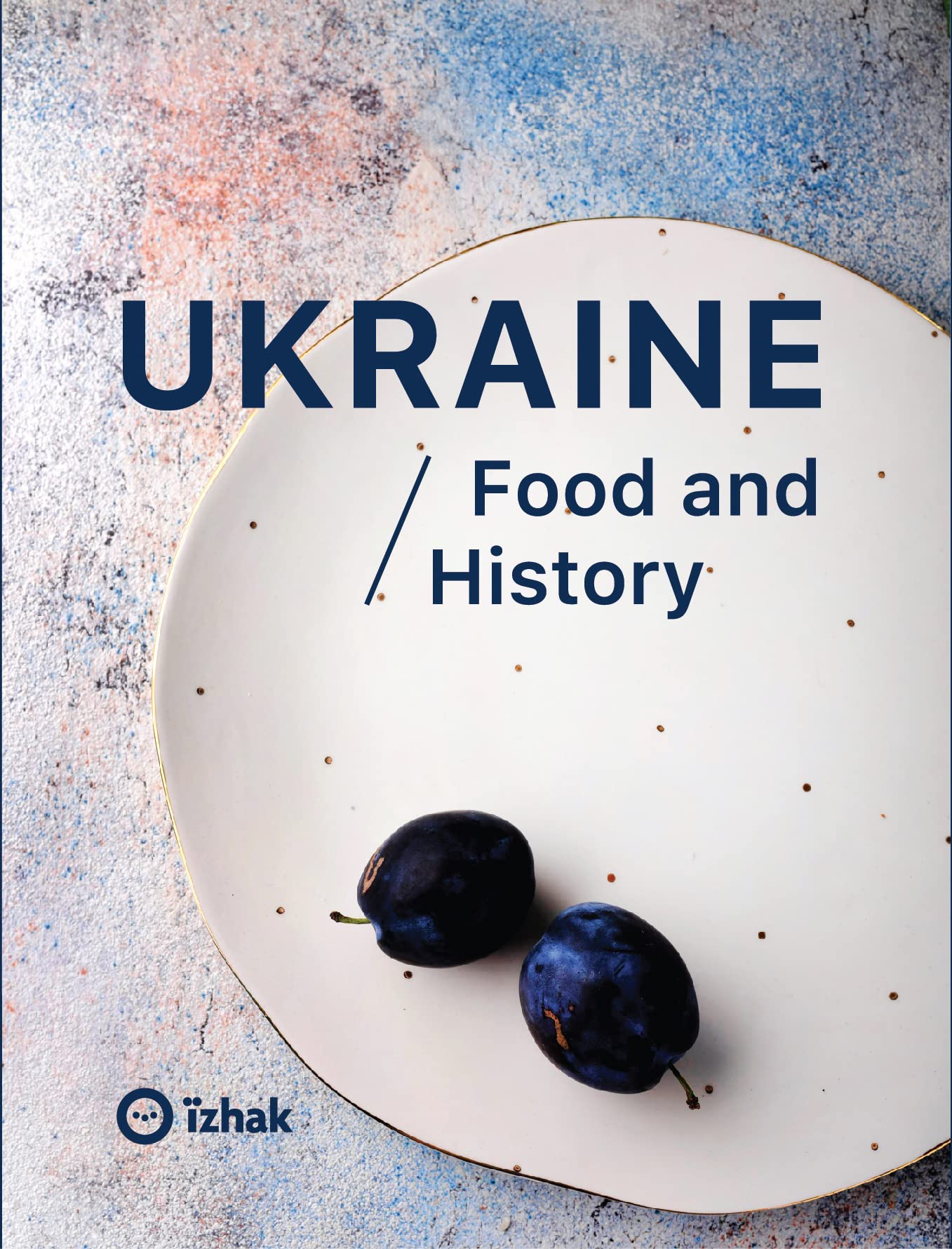
“This book tells the story of Ukrainian cuisine by placing it in its cultural context and presenting Ukrainian cooking as part of the intangible cultural heritage of Ukraine.”
- By the way, if you want to explore more modern Ukrainian cuisine here is a website of one of the most famous Ukrainian chefs - Ievgen Klopotenko.
Bon appétit to everyone who has reached this section. Or as it is said in Ukraine: Смачного!
Photo books, culture
- Relentless Courage: Ukraine and the World at War link

Book with images of award-winning and Pulitzer Prize-winning photojournalists. I encountered it randomly on the internet - and straight recognized the cover - a photo of Dmytro “Orest” Kozatskyi - Ukrainian soldier, defender of Mariupol, and a very talented photographer who took this photo while being at Azovstal, earning the nickname “The Eyes of Azovstal.” Here is the source of the image at his instagram account when he first published it.
- Treasures of Ukraine: A Nation’s Cultural Heritage link
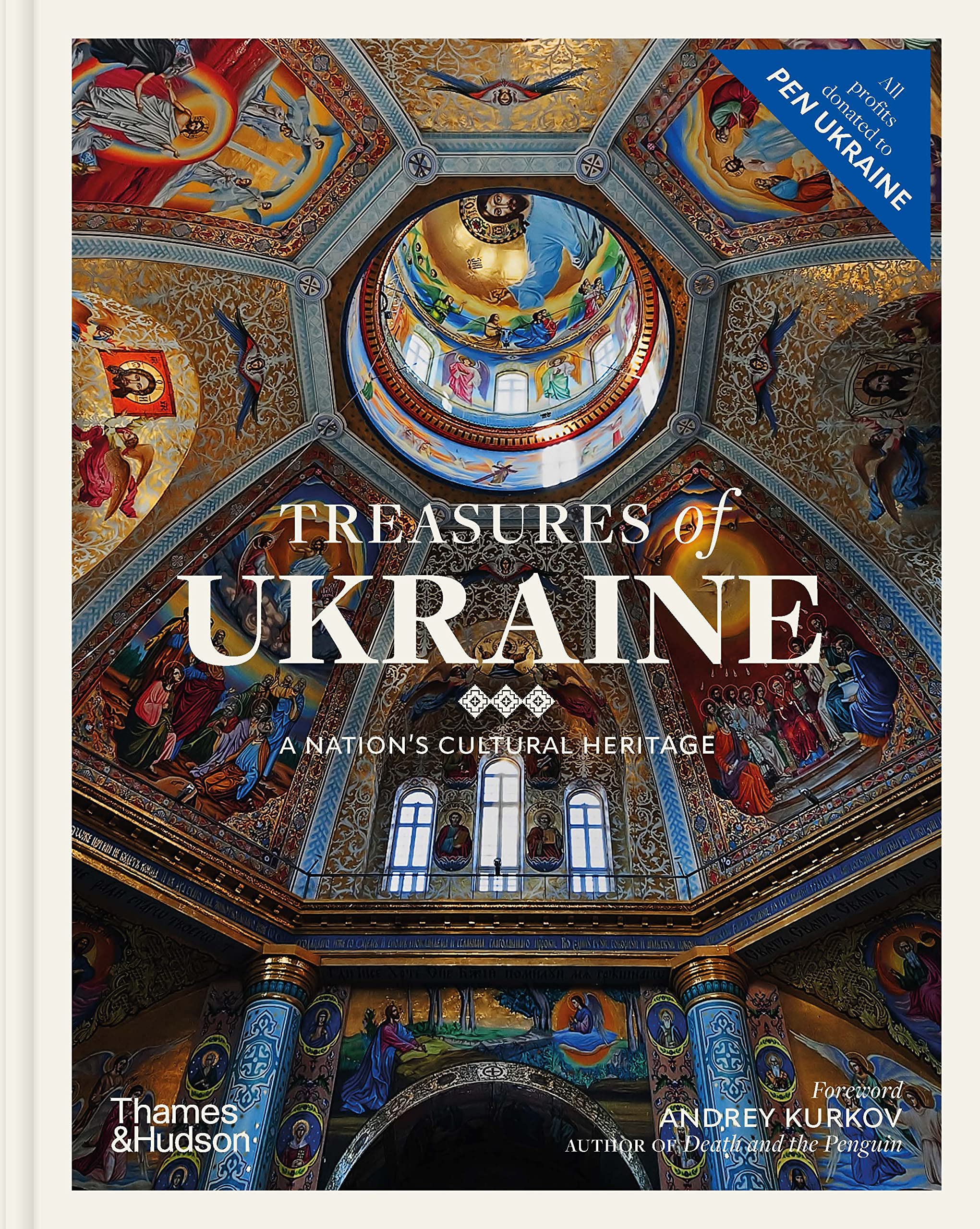
“This book contains more than 220 color images that showcase everything from Scythian gold, Byzantine icons, and wooden churches to gold-domed cathedrals, avant-garde masterpieces, and political art after the Orange Revolution, while accompanying texts reveal the history and significance behind the pieces. Examples of vernacular art weave Ukraine’s dynamic and inextinguishable folk narrative through the book, providing visual texture as well as a sense of the nation’s living history.”
- Ukraine from above by Ukraїner link

“This is a large-format book of incredible photos of Ukraine that our team took from a bird’s eye view. The images are fascinating, and it is hard to believe they are real.”
Courses, education materials, interesting Info
- Timothy Snyder: The Making of Modern Ukraine YouTube playlist
Yale course on history of Ukraine, but what’s more interesting Timothy Snyder is raising such questions as: “What does it mean for a nation to exist? Is this a matter of structures, actions, or both? Why has the existence of Ukraine occasioned such controversy? In what ways are Polish, Russian, and Jewish self-understanding dependent upon experiences in Ukraine? Just how and when did a modern Ukrainian nation emerge? For that matter, how does any modern nation emerge? Why some and not others? Can nations be chosen, and can choices be decisive? If so, whose, and how? Ukraine was the country most touched by Soviet and Nazi terror: what can we learn about those systems, then, from Ukraine? Is the post-colonial, multilingual Ukrainian nation a holdover from the past, or does it hold some promise for the future?”
I’m currently watching this course, and so far, I’m impressed by how Timothy Snyder builds his lectures in a thought-provoking and Ukraine-centered way, interconnected with other countries and nations around it. I think it’s essential to watch for everyone who wants to understand the current geopolitical situation, this war, or if you are just curious about the history of Europe in connection to Ukraine’s land and people.
- Ukraine: History, Culture and Identities Coursera course developed by the Ukrainian Institute, educational studio EdEra, and the National University of Kyiv-Mohyla Academy and offered on Coursera in cooperation with the University of Washington. This program taught by researchers, experts in history and political science, and professors from the National University of Kyiv-Mohyla Academy.

- Ukrainian Culture : Understanding the Country and Its People Udemy course developed by the Ukrainian Institute and online education studio EdEra.
Promo video:
- Speeches and addresses by the President of Ukraine Volodymyr Zelenskyy speeches sorted by dates, president of Ukraine website
The President has been delivering a speech to Ukrainians every single day of the war. Having followed a lot of them especially in the beginning, I must say they are also a great history and recap of the events of every single day of war and what struggles the Ukrainian nation was going through. Every single day.
- Ukrainian Language Education Centre Publications by Canadian Institute of Ukrainian Studies, University of Alberta.
The Budmo Series are free downloadable teacher and student resources for Ukrainian language development at the high school level.
- Ivan Honchar Museum collections, collections of folk culture of Ukraine, website.

The “Ivan Honchar Museum National Centre of Folk Culture” is an open art and culture, educational, scientific, and recreational space. It fosters knowledge and experience in the field of traditional folk culture. One of the impressive exhibitions is their traditional clothing collection - if you click on an item and see more information you will be able to see which region an item belongs to (please check out the Ukrainian version of the website for more info). You can also see here the richness and variety of the outfits - a drastic difference between the picture that was artificially created by the Soviet Union in order to depict Ukrainians as “funny villagers in a cheap shiny outfit.”
And the last but for sure not the least:
- Pylyp Orlyk’s Constitution formally titled as “The Treaties and Resolutions of the Rights and Freedoms of the Zaporozhian Army”, and is in fact the first constitution of Ukraine, written in 1710 by Pylyp Orlyk - Hetman of Ukraine.
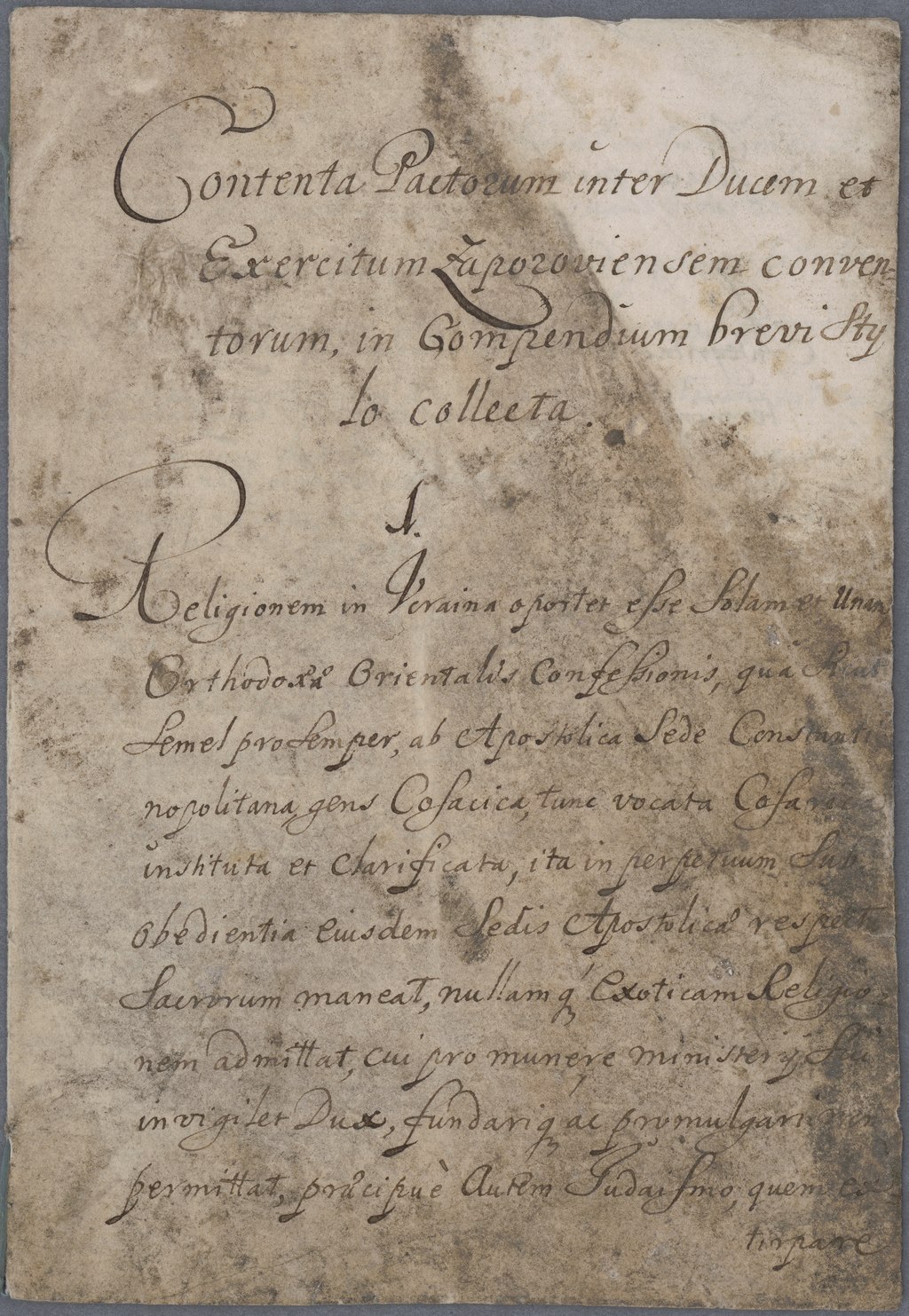
Did you know that this constitution already established the principle of the separation of powers in government between the legislative, executive, and judiciary branches well before the publication of Montesquieu’s “Spirit of the Laws”, a famed work of democratic political theory published in 1748. It also predates the US Constitution, written in 1787. Nevertheless, its spirit and content is democratic. Fascinating, right? The document also limited the executive authority of the hetman, and established a Cossack parliament called the General Council (General Rada).
As you can see, the idea of democracy, freedom and law has a long story in Ukraine.
Sources: Wikipedia, article “The First Constitution of Ukraine (5 April 1710)” by Omeljan Pritsak for Harvard Ukrainian Studies, Ukrainian Weekly article.
Summary
I hope this short list will evoke your interest to deep dive into Ukrainian and European history as well as think about society itself and the challenges we face. Please let me know if you have any feedback.
Finally, here are recent thoughts from Timothy Snyder on “Why the world needs Ukrainian victory” published on his blog.
“This is a once-in-lifetime conjuncture, not to be wasted. The Ukrainians have given us a chance to turn this century around, a chance for freedom and security that we could not have achieved by our own efforts, no matter who we happen to be. All we have to do is help them win.”